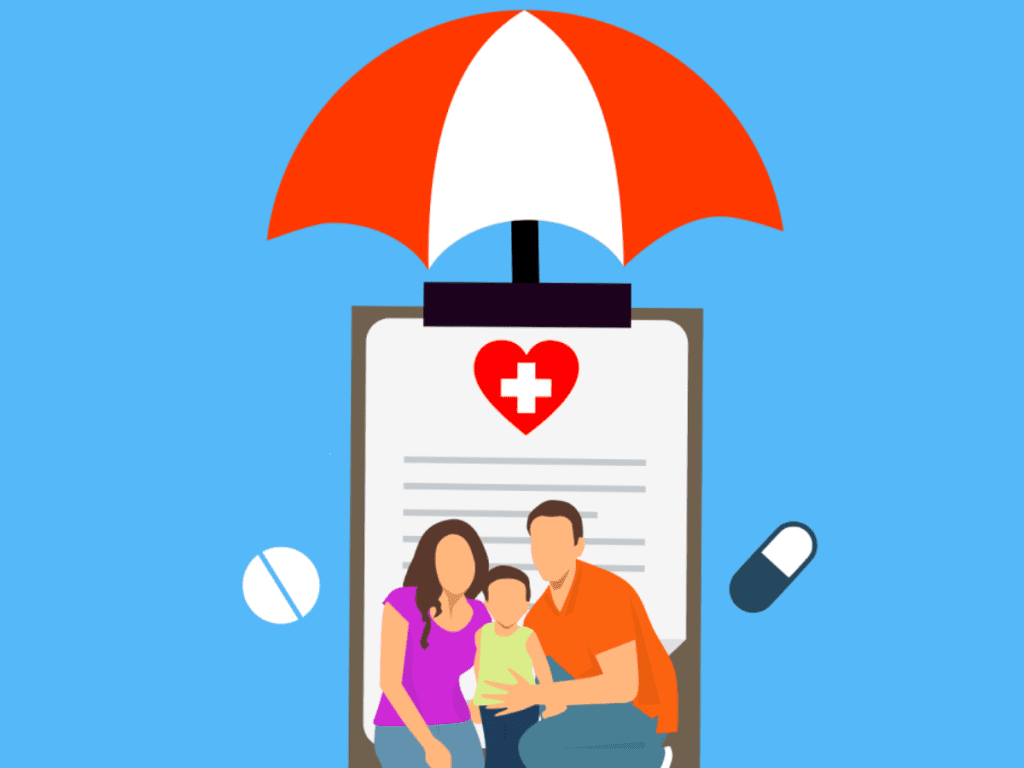Introduction
Education is often one of the most significant investments an individual makes in their lifetime. Whether you are pursuing higher education or financing your child’s academic future, the costs associated with tuition, textbooks, accommodation, and other fees can quickly add up. While many students rely on scholarships, grants, and federal student loans, there are times when a personal loan may appear as a viable option. However, the decision to use a personal loan for education expenses requires careful consideration of your financial situation, loan terms, and long-term impact. This article will examine whether you should consider a personal loan for education expenses, the advantages and disadvantages of doing so, and alternative financing options.
Understanding Personal Loans
A personal loan is a type of unsecured loan that can be used for a variety of purposes, including education expenses. These loans typically come with fixed interest rates, repayment terms ranging from 1 to 7 years, and monthly installments. Since personal loans are unsecured, they do not require collateral, such as a home or car, to back the loan. However, borrowers are usually required to have a good credit score and a stable income to qualify for favorable loan terms.
When it comes to education, personal loans can be used to cover a wide array of costs, such as tuition, books, living expenses, or other related fees. This flexibility is one of the reasons why personal loans may be considered by some students or parents seeking funds for education. However, before deciding if a personal loan is right for your educational financing needs, it’s crucial to understand both the pros and cons.
Advantages of Using a Personal Loan for Education
- Quick Access to Funds One of the primary advantages of a personal loan is the speed with which you can access funds. Depending on the lender and the type of loan, personal loans can often be disbursed quickly, sometimes within 24 to 48 hours of approval. This can be beneficial if you need to cover immediate educational expenses, such as tuition or registration fees, which might be due before other funding options like scholarships or federal loans become available.
- Flexibility of Use Personal loans are versatile and can be used for almost any purpose. Unlike federal student loans, which are specifically earmarked for education-related expenses, a personal loan can be used for a wide variety of costs. Whether you need to pay for living expenses, textbooks, travel for study abroad programs, or other associated costs, a personal loan can provide the flexibility to cover everything.
- No Collateral Requirement Personal loans are unsecured, which means you don’t need to put up collateral, such as a home or car, to secure the loan. This can be a major benefit for students or parents who do not have assets to pledge. However, the tradeoff is that the loan might come with higher interest rates compared to secured loans, such as a home equity loan.
- Fixed Interest Rates and Predictable Repayments Many personal loans offer fixed interest rates, which means that your monthly payments will remain consistent throughout the life of the loan. This predictability can make it easier to budget and plan for the repayment process. Fixed rates are especially beneficial if you are concerned about fluctuating interest rates in the future, as you will know exactly what to expect.
- Possibly Lower Interest Rates than Credit Cards Personal loans can sometimes offer lower interest rates than credit cards, which often have higher APRs. If you are unable to qualify for federal student loans, using a personal loan may be a more affordable option than turning to credit cards to cover education costs.
Disadvantages of Using a Personal Loan for Education
- Higher Interest Rates Compared to Federal Student Loans One of the biggest drawbacks of using a personal loan for education is that the interest rates are generally higher than those of federal student loans. Federal student loans come with fixed, relatively low interest rates, and some even offer income-driven repayment plans or deferment options that can ease the burden if you face financial difficulties. Personal loans, on the other hand, often have higher interest rates and fewer flexible repayment options.
- Lack of Repayment Flexibility Unlike federal student loans, personal loans do not offer the same level of repayment flexibility. Federal student loans may allow for deferment, forbearance, or income-driven repayment plans if you experience financial hardship. These options can provide much-needed relief for borrowers struggling to make payments. Personal loans, however, typically come with fixed terms and limited options for modifying the repayment schedule. If you run into financial trouble, you might find it harder to adjust your loan terms.
- Impact on Credit Score Taking out a personal loan will increase your total debt, and missed or late payments can negatively impact your credit score. Additionally, if you do not manage the repayment of your personal loan responsibly, it could harm your creditworthiness, making it more difficult to borrow money for other important financial needs in the future, such as buying a home or car.
- Limited Loan Amounts Personal loans are typically available in smaller amounts compared to federal student loans or private student loans. While they may cover some of your education costs, they may not be enough to fully fund your education. If you are seeking substantial financial aid, you might need to take out multiple personal loans, which could increase your overall debt burden.
- Not Eligible for Federal Loan Benefits Personal loans do not come with the same borrower protections as federal student loans. For example, federal student loans offer forgiveness programs for public service workers, which personal loans do not. Additionally, personal loans do not provide access to the same tax benefits, such as interest rate deductions on student loans.
Alternatives to Personal Loans for Education
If you’re unsure about taking out a personal loan for education expenses, there are several alternative financing options to consider:
- Federal Student Loans Federal student loans typically offer the lowest interest rates and most flexible repayment options. If you are eligible for federal student loans, this should be your first consideration when financing your education. Federal loans often come with deferment and forbearance options, income-driven repayment plans, and loan forgiveness programs.
- Private Student Loans If federal student loans do not cover all of your educational costs, private student loans may be another option. These loans are provided by banks, credit unions, or other financial institutions, and they often come with competitive interest rates. However, private loans generally require a credit check and may not offer as much flexibility in repayment as federal loans.
- Scholarships and Grants Scholarships and grants are ideal because they do not require repayment. Many organizations, universities, and government agencies offer scholarships and grants based on academic achievement, financial need, or other criteria. While securing scholarships and grants can be competitive, they are a great way to reduce the financial burden of education without taking on additional debt.
- Work-Study Programs Some schools offer work-study programs that allow students to earn money while pursuing their education. These programs can provide financial assistance while allowing you to gain valuable work experience.
- Tuition Reimbursement Programs If you are currently employed, check to see if your employer offers tuition reimbursement or education assistance programs. Many companies offer these benefits to help employees further their education while remaining employed. This can significantly reduce the financial burden of education.
- Family Loans If you have family members willing to lend you money, a family loan might offer more favorable terms than a personal loan. Be sure to establish clear repayment terms and expectations to avoid any misunderstandings.
Conclusion
Ultimately, whether or not you should consider a personal loan for education expenses depends on your specific financial situation, the cost of your education, and your ability to repay the loan. While personal loans offer quick access to funds and flexible usage, they come with higher interest rates, less repayment flexibility, and fewer borrower protections compared to federal student loans. If you decide that a personal loan is the best option for you, be sure to shop around for the best loan terms and carefully consider the long-term impact on your financial health.
Before taking out a personal loan, it’s important to exhaust other options, such as federal student loans, scholarships, and grants, which may offer more favorable terms. By weighing the pros and cons of personal loans alongside other financing methods, you can make an informed decision that best supports your educational and financial goals.

